Ground coriander, derived from the dried seeds of the Coriandrum sativum plant, is a versatile spice that adds warm, citrusy notes to dishes worldwide. This guide covers everything you need to know about this essential ingredient, from its flavor profile and culinary uses to health benefits and storage tips. Whether you're cooking curries, making marinades, or exploring new recipes, ground coriander is a must-have in your kitchen.
Table of Contents
- What Exactly Is Ground Coriander?
- Flavor Profile: Earthy, Warm, and Oh-So-Aromatic
- Top 5 Culinary Uses of Ground Coriander Seeds
- Coriander vs. Cilantro: Know the Difference!
- The Health Perks of Coriander: Spices That Heal
- Buying Guide: How to Choose the Best Ground Coriander
- Storage Tips: Keep Your Spice Fresh Longer
- FAQs: Your Top Questions Answered
What Exactly Is Ground Coriander?
Ground coriander comes from the dried seeds of the Coriandrum sativum plant. While fresh cilantro (coriander leaves) is popular for garnishing, the seeds are toasted and ground into a fine powder that delivers a warm, citrusy flavor essential in global cuisines.
| Taste | Aroma | Mouthfeel | Best Paired With |
|---|---|---|---|
| Earthy, citrusy, slightly floral | Warm, toasty, slightly peppery | Smooth, soft finish | Cumin, turmeric, ginger, chili, fennel |
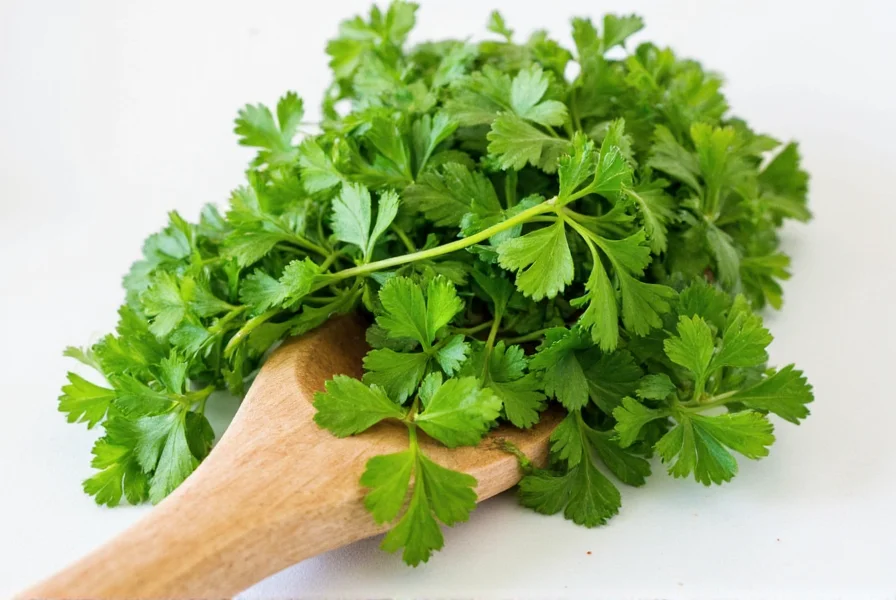
Flavor Profile: Earthy, Warm, and Oh-So-Aromatic
Ground coriander has a slightly sweet, citrus-forward profile with nutty undertones. When toasted, the seeds develop a deeper, more resinous character, making them a perfect companion for cumin, turmeric, cinnamon, and chili powder.
Top 5 Culinary Uses of Ground Coriander Seeds
- Curries & Stews: A staple in Indian, Moroccan, and Middle Eastern dishes. Think butter chicken, ras el hanout, or chana masala.
- Dry Rubs: Mix with paprika, garlic powder, and salt for a killer rub on grilled meats or roasted veggies.
- Chili & Bean Dishes: Adds depth without overpowering other flavors. Great in vegetarian or meat-based stews.
- Breads & Baked Goods: Especially popular in rye breads and spiced cakes across Europe and the Middle East.
- Marinades: Combine with olive oil, lemon juice, and herbs for a flavorful base for chicken or lamb.
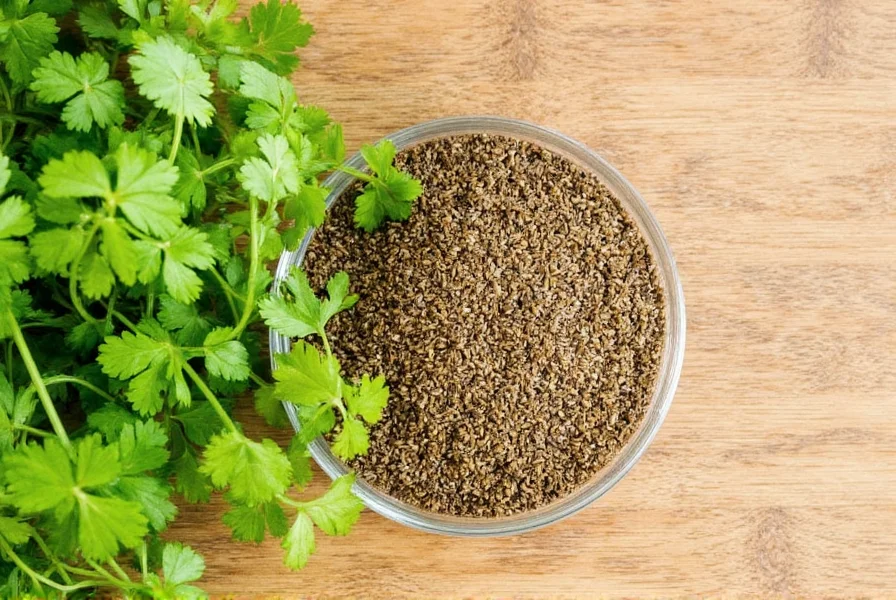
Coriander vs. Cilantro: Know the Difference!
Yes, they come from the same plant, but they couldn't be more different in the kitchen. Here's a quick comparison:
| Part of Plant | Flavor | Use Case | Shelf Life |
|---|---|---|---|
| Seeds (coriander) | Warm, earthy, slightly citrusy | Spice blends, marinades, baked goods | 6–12 months if stored properly |
| Leaves (cilantro) | Fresh, bright, soapy (to some) | Garnish, salsa, cold soups | 1–2 weeks refrigerated |
The Health Perks of Coriander: Spices That Heal
Ground coriander is packed with antioxidants and anti-inflammatory properties. Here's why you should reach for it more often:
- Improves Digestion: Coriander has been used in traditional medicine to ease bloating and indigestion.
- Lowers Cholesterol: Some studies suggest it can help reduce bad cholesterol levels.
- Antibacterial Properties: Contains compounds that may fight foodborne bacteria.
- Rich in Antioxidants: Helps combat free radicals and supports immune function.
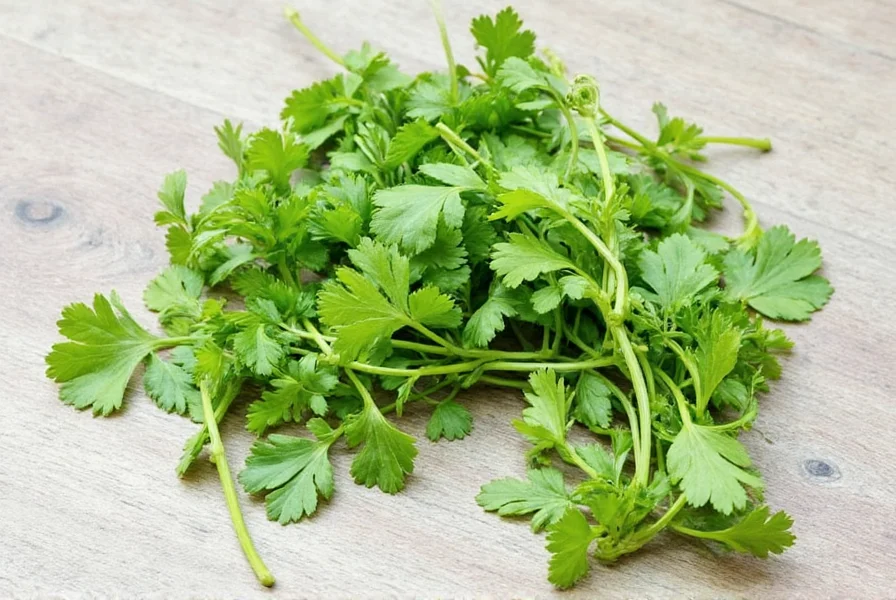
Buying Guide: How to Choose the Best Ground Coriander
Not all ground coriander is created equal. Here's how to find the best quality product based on your needs:
Whole Seeds vs. Pre-Ground: Which Should You Buy?
| Type | Pros | Cons | Best For |
|---|---|---|---|
| Whole Coriander Seeds | Fresher flavor, longer shelf life, customizable grind | Requires grinder, extra prep time | Chefs, DIYers, spice lovers |
| Pre-Ground Coriander | Convenient, ready to use, consistent texture | Less aromatic over time, shorter shelf life | Home cooks, quick meals, pantry staples |
Brand Comparison: Top Picks for Ground Coriander
| Brand | Key Features | Best Use Case | Price Range |
|---|---|---|---|
| McCormick Ground Coriander | Widely available, standard quality, non-GMO | Everyday cooking, easy access | $ |
| Penzey's Ground Coriander | Superior aroma, high-quality sourcing | Culinary enthusiasts, gourmet recipes | $$ |
| Simply Organic Coriander | Organic certified, eco-friendly packaging | Health-conscious cooks, sustainable kitchens | $$ |
| Spice Islands Ground Coriander | Good balance of price and flavor, mild profile | Beginners, light seasoning, kids' meals | $ |
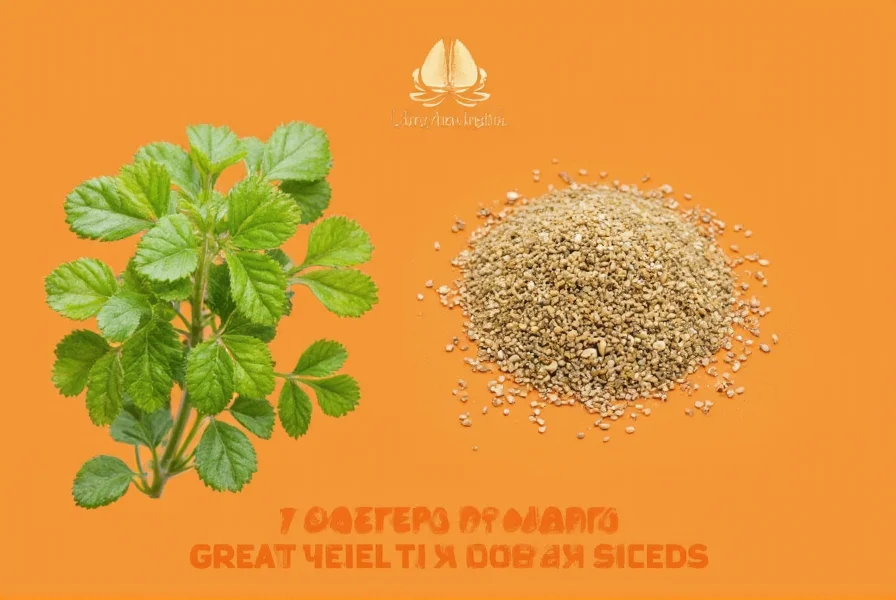
Storage Tips: Keep Your Spice Fresh Longer
Want your ground coriander to stay vibrant and potent? Store it like a pro:
- Keep it in an airtight container away from heat and light.
- Store whole seeds separately from pre-ground versions to preserve freshness.
- No need to refrigerate — unless you live in a super-humid climate.
- Label your containers with dates to track potency — aim to replace every 6–12 months.
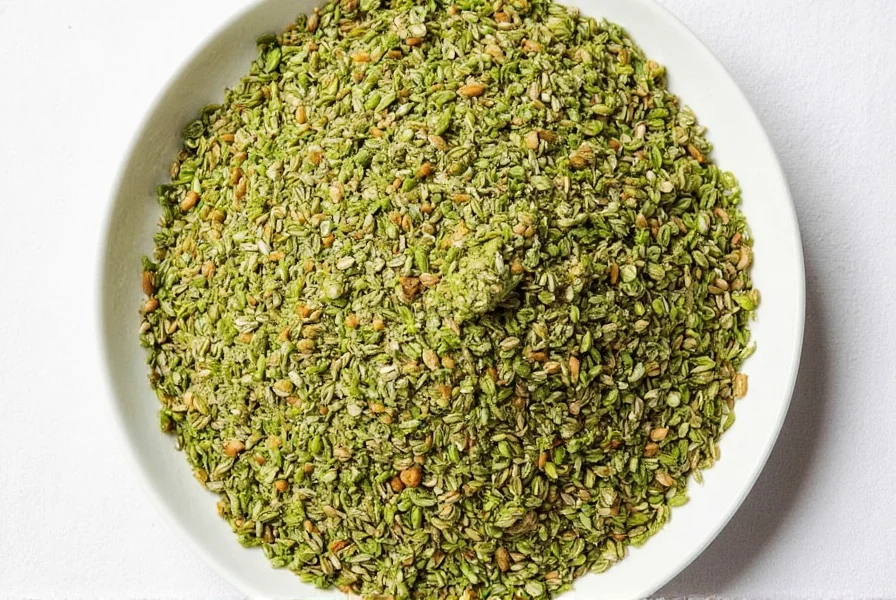
FAQs: Your Top Questions Answered
Conclusion: Make Coriander Your New Kitchen MVP
From curries to cookies, marinades to muffins, ground coriander seeds deserve a prime spot in your spice lineup. Whether you're whipping up a batch of harissa or spicing up your lentil soup, a pinch of coriander can elevate your dish from "meh" to "mind-blowing." So go ahead — toast those seeds, grind them fresh, or grab a jar from your pantry. Your taste buds will thank you!
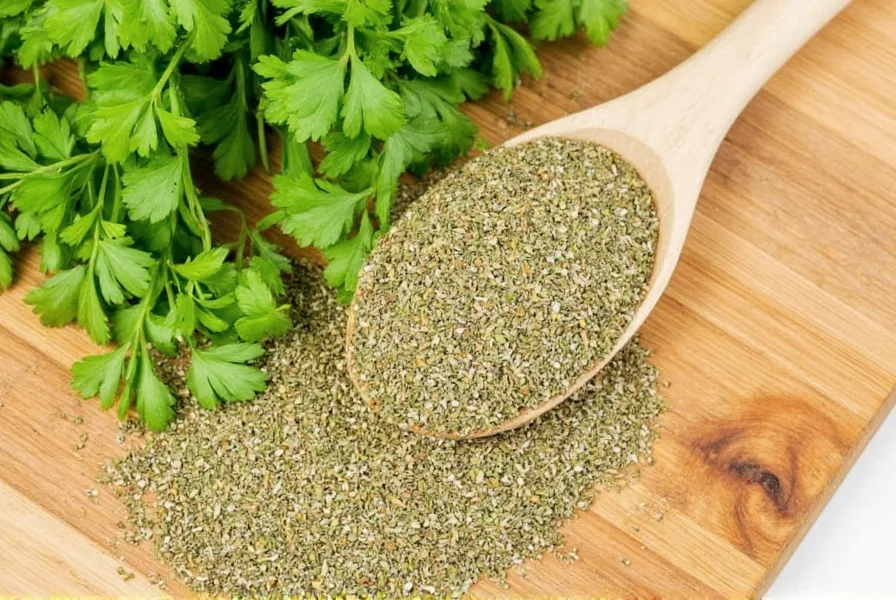
Now get out there and make magic happen — one sprinkle at a time!

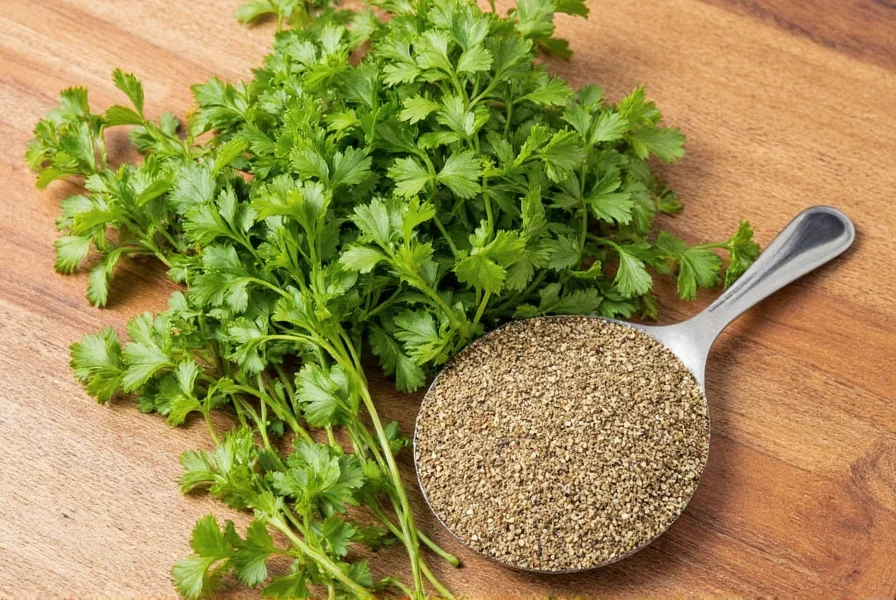









 浙公网安备
33010002000092号
浙公网安备
33010002000092号 浙B2-20120091-4
浙B2-20120091-4